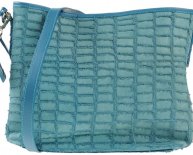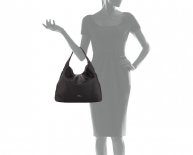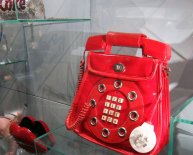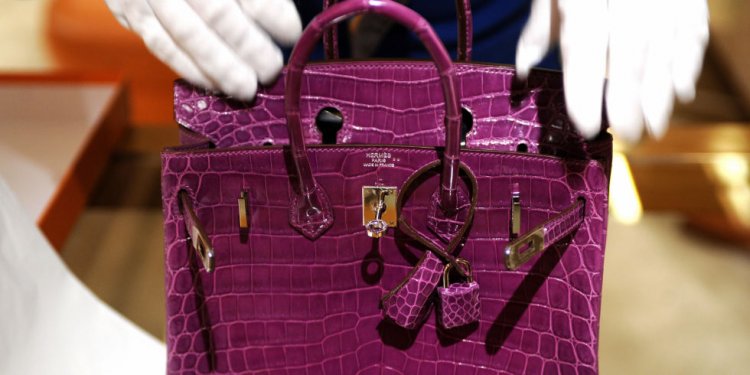
History Purses
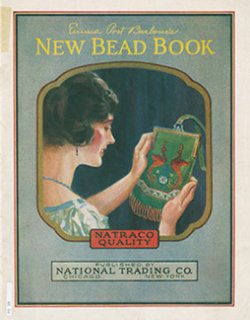 Purses have actually an abundant and varied record online dating towards medieval period. For hundreds of years, bags always carry personal products served as an important element of daily life. Without remaining utilitarian, purses evolved into an advanced decorative art and fashion accessory. Early bags illustrate the imagination and abilities of the makers—from steel and leatherwork to weaving, embroidery, and knitting.
Purses have actually an abundant and varied record online dating towards medieval period. For hundreds of years, bags always carry personal products served as an important element of daily life. Without remaining utilitarian, purses evolved into an advanced decorative art and fashion accessory. Early bags illustrate the imagination and abilities of the makers—from steel and leatherwork to weaving, embroidery, and knitting.
Historically, both women and men wore purses attached to their devices or fabric rings that hung from waistline. After inside pouches were introduced to male garments after the sixteenth century, men's utilization of bags slowly declined. Purse styles became more and more sophisticated throughout the seventeenth century, exhibiting more complex shapes, embroideries, and trims. The aristocracy often delivered small gift suggestions in elaborately embellished purses. Various other purses served as “sweet bags” that held perfumed powder or dried plants and natural herbs. Some purses functioned as sewing kits, while others were used as gaming bags to carry coins and counters.
Typical forms in the eighteenth century included the drawstring and wallet. Some purses had pinchbeck frames made of a steel alloy that mimicked silver. These types of bags had been embroidered with expensive silk and steel threads making use of complex stitches. Many workshops in France produced exquisite beaded purses employing around one thousand miniscule beads per square inch.
During nineteenth century, beaded bags prevailed. Extravagant materials, including tortoise-shell and ivory, were additionally used to fabricate purses. Ladies proceeded to transport drawstring and frame handbags as well as miser’s purses, which held coins. To showcase their needlework abilities, females often crafted their particular beaded and embroidered bags, which commonly showcased emotional Victorian motifs, like pastoral scenes and flowery patterns.
By the early twentieth century, the bag ended up being an integrated product that no lady left residence without. Manufacturers supplied handbags to match all events in an endless number of imaginative styles. Throughout the 1920s and ‘30s, small dance purses that dangled through the wrist included a powder puff and mirror, permitting trendy, modern-day females to transport the bare needs for an evening out. Numerous purses had been fabricated from new plastic materials, such as for instance celluloid and Bakelite. A number of novelty purses took the shape of dogs, vehicles, dolls, rocket boats, and even military caps.
This stylish accessory remains a vital element of feminine manner. Important Style features a dazzling assortment of antique and vintage bags from eighteenth towards twentieth century—from party purses to finely beaded bags, embroidered petit point purses, and alligator bags.
Unique as a result of people in the Antique Purse Collectors Society for making this convention possible.
Tweet
